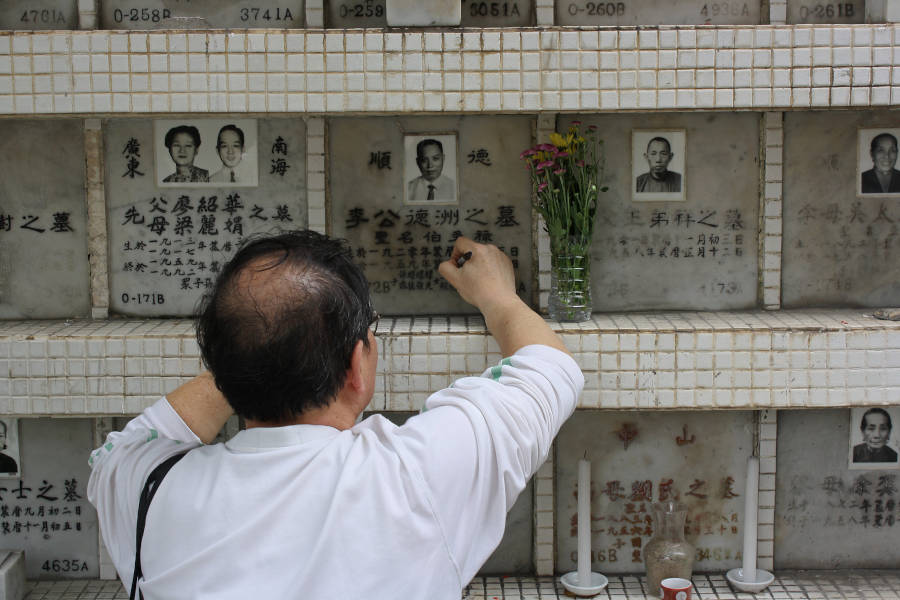Ching Ming Festival (alternatively spelled Qing Ming Festival) is among Hong Kong’s highly revered public holidays that celebrates ancestors, with people paying respect to and worshipping them by sweeping their tombs and laying out sacrificial goods.
The festival has carried forward centuries with time-honoured practices, which proudly showcase filial piety above all else. As the festival takes place at the start of spring, it makes celebrations all the more heartwarming and fun. Though sharing the practice of cleaning the tombs of ancestors, Ching Ming Festival is not to be confused with Chung Yeung Festival, celebrated in the autumn.
What is Ching Ming Festival?
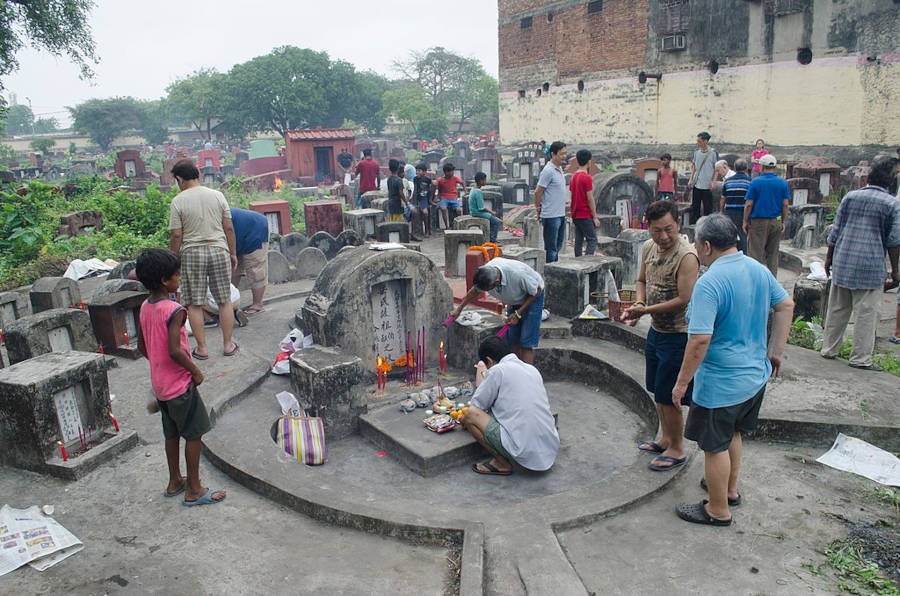
Falling on 4 April 2024, Ching Ming Festival (Ching ming jie in Mandarin, 清明節), also known as Tomb Sweeping Day (Sao fen jie in Mandarin, 掃墳節), is a holiday originating in China to welcome the new spring season and respect ancestors by cleaning their resting places. Literally translated, Ching ming jie means “pure bright festival.” Celebrated 15 days after the Spring Equinox which marks the day that daylight hours start to get longer than nighttime hours, it is the perfect gateway into spring, which is symbolic of fresh, new beginnings.
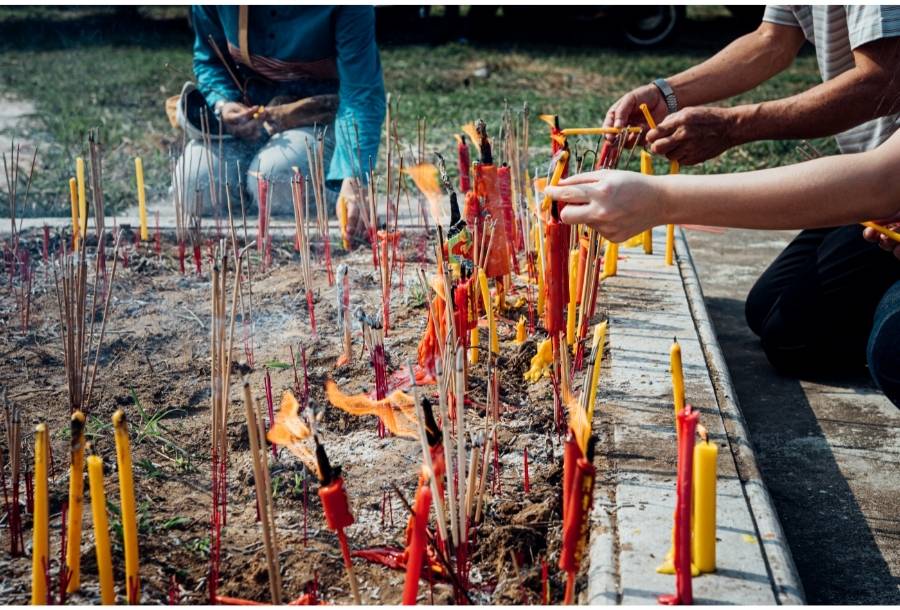
Hong Kong families take this time to remember and pay respect to relatives who have passed away by visiting and cleaning their graves. They also burn incense and leave flowers, fruit and other food offerings, and items their deceased loved ones enjoyed in life, like cigarettes. Finally, families often eat packed cold dishes together at the grave, as if sharing a meal with the deceased.
Ching Ming Festival and Chung Yeung Festival, which is observed in later in the year in the autumn, share similar practices of cleaning ancestors’ graves and flying kites; however, they are not related. The latter festival is celebrated to ward evil and bad luck away from the living realm.
How did Ching Ming Festival start?
Every Asian festival originates with a combination of myth and tale and Ching Ming Festival is no exception. There are multiple myths associated with the festival’s origins, and one of the main stories goes as follows. Dating back to 6th century BC, a loyal servant by the name of Jie Zitui served outcasted Duke Wen of Jin, who was facing a period of hardship. He was almost starved to the brink of death after being exiled, until Jie stepped in to cut a piece of his flesh off and cook a broth out of it to save the dying duke. This gesture moved the duke, who promised to reward the loyal follower one day.
It wasn’t until years later when Duke Wen of Jin returned to his kingdom and regained power that he tried to summon Jie to reward him. It’s said that Jie had retreated to the mountains with his mother as he had no interest in having anything to do with a government he thought corrupt. Because of this, the duke set the mountain on fire to lure Jie out.
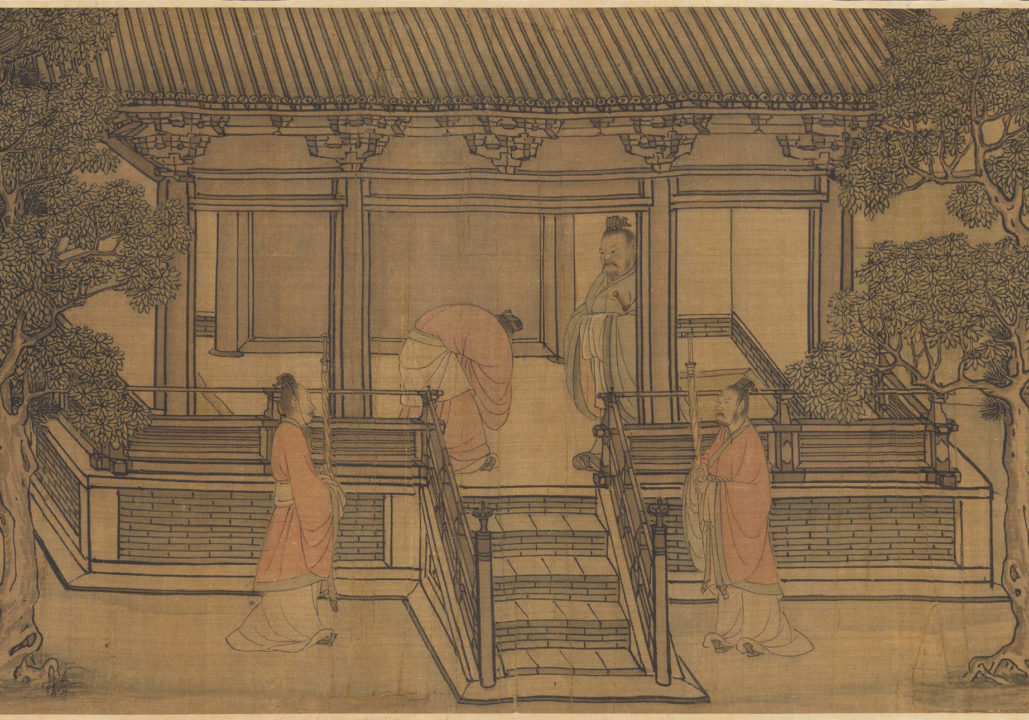
Here is where history starts to become myth: Chinese mythology says the fire caused the accidental death of Jie and his mother. (The historical version goes that Jie didn’t die in the fire, and resented the duke for failing to reward him as he had promised.) To commemorate Jie’s loyalty, the duke forbade the use of fire for three days to mourn his death, leaving people to eat only cold foods. Thus, the Hanshi Festival (寒食節), han shi meaning “cold food”, was born, the predecessor of Ching Ming Festival.
The traditions we still practice for present day Ching Ming Festival was born from of the combination of Hanshi Festival, when people eat cold food, and Shangshi Festival (上巳節), when Chinese people bathe to rid themselves of evil spirits.
How to celebrate Ching Ming Festival
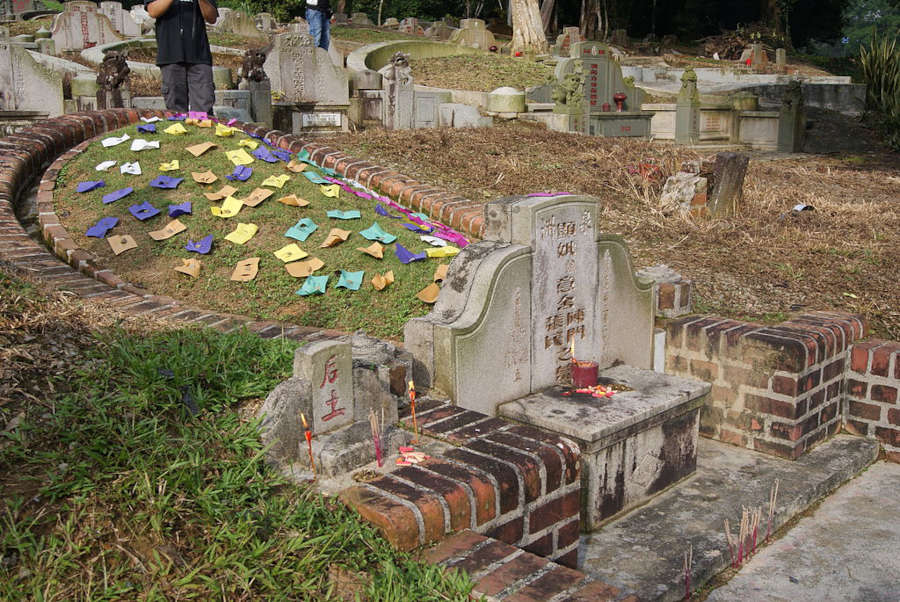
This festival for cleaning ancestor’s tombs and paying respect to them with offerings is celebrated in various parts of Asia – China, Taiwan, Macau, the ethnic Chinese parts of Malaysia and Singapore, Indonesia, Thailand, and of course, Hong Kong.
In Hong Kong, as Tomb Sweeping Day highlights ancestral worship, families visit the graves of passed loved ones, leave offerings, and pray for blessings. They clean their tombstones in a show of respect by sweeping away dust and debris, pulling weeds from around them, refreshing the markings of their loved ones’ name engravings in the stone, and planting fresh soil which aligns with the start of spring. Sweeping off dust and debris also holds the auspicious meaning of getting rid of bad luck and negative energy. Once cleared, families burn joss paper (i.e. paper money) and make offerings of tea, wine, and the ancestor’s favourite foods to send to them in the afterlife.
They light incense sticks as a way to let their ancestors know that they’ve arrived, then give blessings and thanks. Living relatives pray to ancestors for their own protection in the world of the living, and also pray to deities for protection of their ancestors in the afterlife. Some people also hang or scatter paper of five colours on or around the grave, which represents five elements and five directions (north, south, east, west, and centre) to protect their ancestors from malicious spirits.
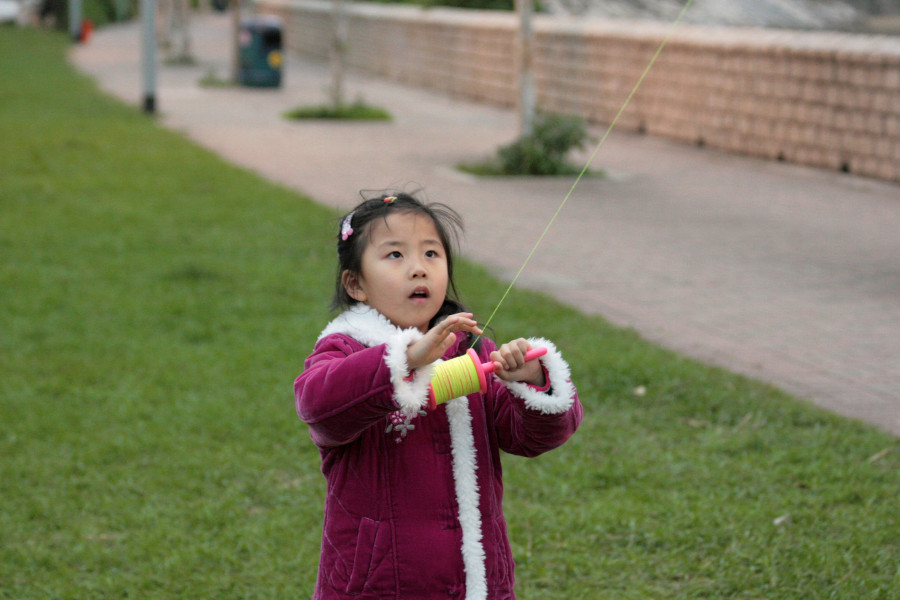
Families also take this day to spend quality time together. Some picnic at the cemetery or just have a leisure day enjoying the warm weather to further emphasize the importance of family. Kite-flying is another important activity to do on Ching Ming Festival. Kites can be seen against the sky from day to night, and auspiciously, it signifies making bad luck fly away. Another way to ward off bad luck and spirits is by placing willow branches at gates and entrances to buildings.
What to eat for Ching Ming Festival
As legend goes, during Ching Ming Festival people ate cold foods for three days to honour Jie Zitui’s act of service to the duke who accidentally killed him in a mountain fire. Therefore, cooking without fire and eating anything cold is a token of respect for Jie. But on a more cheery note, eating cold foods is a nice way to stay cool as warm spring weather arrives.
Traditional foods on Tomb Sweeping Day vary between Chinese cities, with some of the most common including green-coloured balls called qingtuan (青團), which are made with glutinous rice and mugwort paste (also called wormwood) and stuffed with a sweet condiment like red or black bean paste, deep fried twisted dough called sanzi (饊子), snails, eggs, cold rice, and wine.
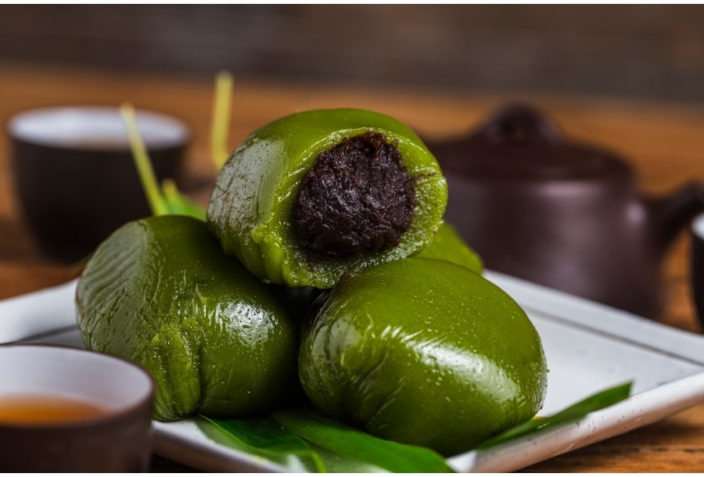
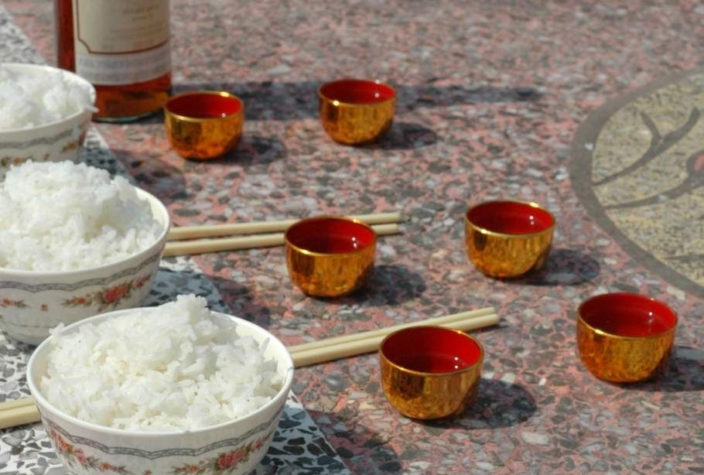
These foods are normally cooked a day or so in advance so they can be eaten cold on the day. However, these are not commonly eaten during Ching Ming Festival in Hong Kong. In the SAR, families usually just share a cold meal of various items loved by the ancestor and other picnic foods at the cemetery.
Other traditional Chinese festivals: Lunar New Year — Lunar New Year Fair — Birthday of Che Kung — Chinese Lantern Festival — Kwun Yum Treasury Opening Festival — Ching Ming Festival — Tin Hau Festival — Cheung Chau Bun Festival — Buddha’s Birthday — Birthday of Tam Kung — Dragon Boat Festival — Birthday of Kwan Tai — Qixi Festival — Hung Shing Festival — Hungry Ghost Festival — Mid-Autumn Festival — Monkey King Festival — Birthday of Confucius — Chung Yeung Festival — Winter Solstice Festival.
Header image credits: istolethetv via Flickr


